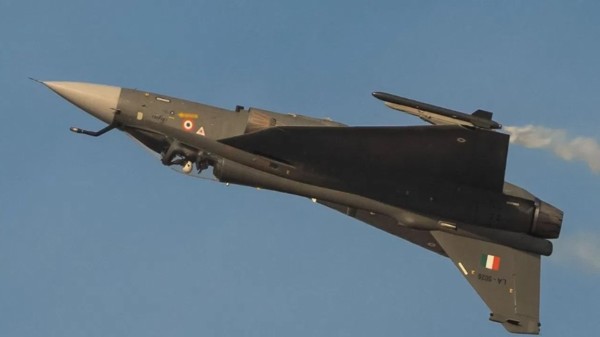

By signing in or creating an account, you agree with Associated Broadcasting Company's Terms & Conditions and Privacy Policy.


By signing in or creating an account, you agree with Associated Broadcasting Company's Terms & Conditions and Privacy Policy.

New Delhi: In a major boos for India’s efforts to modernise its war machinery and tactics, a statement from former US Air Force F-15 E pilot Ryan Bodenheimer described how the Electronic Warfare and AI capabilities of the Dassault Rafale caused chaos and confusion amongst the ranks of the Pakistani Air Defence by providing them with false targets.
The technology here being referred to is the X-Guard, an Israeli towed decoy system developed by Rafael Advanced Defense Systems. The device weighs 30 kgs and is stored in a pod in the aircraft itself. When deployed, it takes just 2 seconds to extend up to a 100-meter distance from the fighter, while being towed by a fiber optic cable.
The device then generates a 500-watt, 360-degree jamming signal, which mimics a real jet. This gives enemy air-defence systems the impression that there is another plane in the sky, luring missiles away towards the false target. Due to being powered by AI, the decoy can simulate the Doppler shifts and radar signatures of a real Rafale, making it capable of fooling the Chinese made PL-15E air to air missile as well as the KLJ 7A AESA radar available on Pakistan’s J-10C fighters. This is due to unavailability of advanced spoof resistance on Chinese platforms given to Pakistan.
To counter any case of radar jamming by the enemy, the decoy uses the fiber optic cable to communicate with the aircraft and provide data on incoming missiles. Defence journals and experts have suggested that Pakistani claims of locking onto and hitting Indian Rafales are possibly just missiles engaging false targets, while the real jets wreaked havoc on terrorist camp and military bases.
Drone warfare and emerging tactics of electronic warfare highlight the changing military landscape and point to urgent needs for modernization.
(Written by Lakshya)












